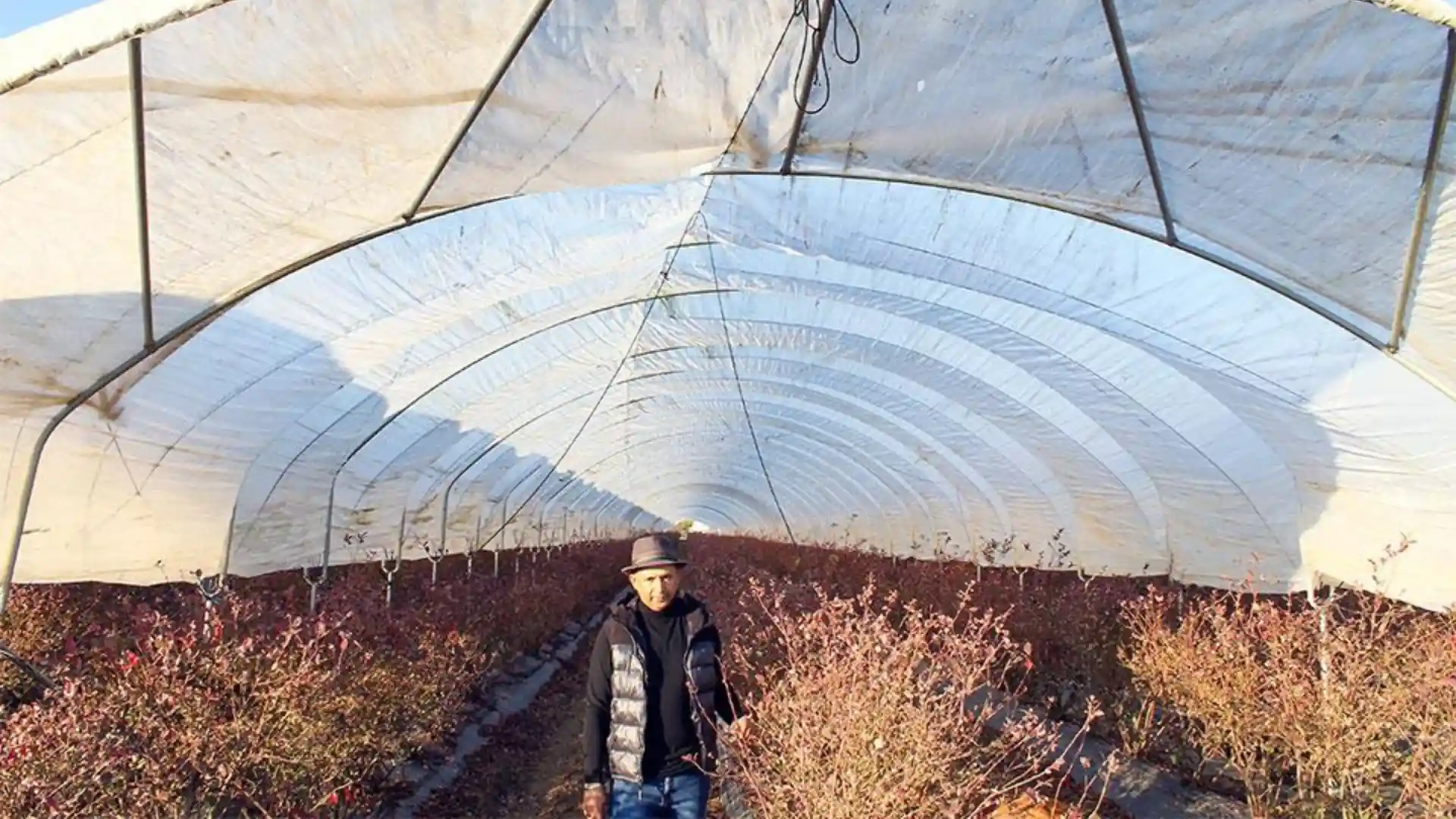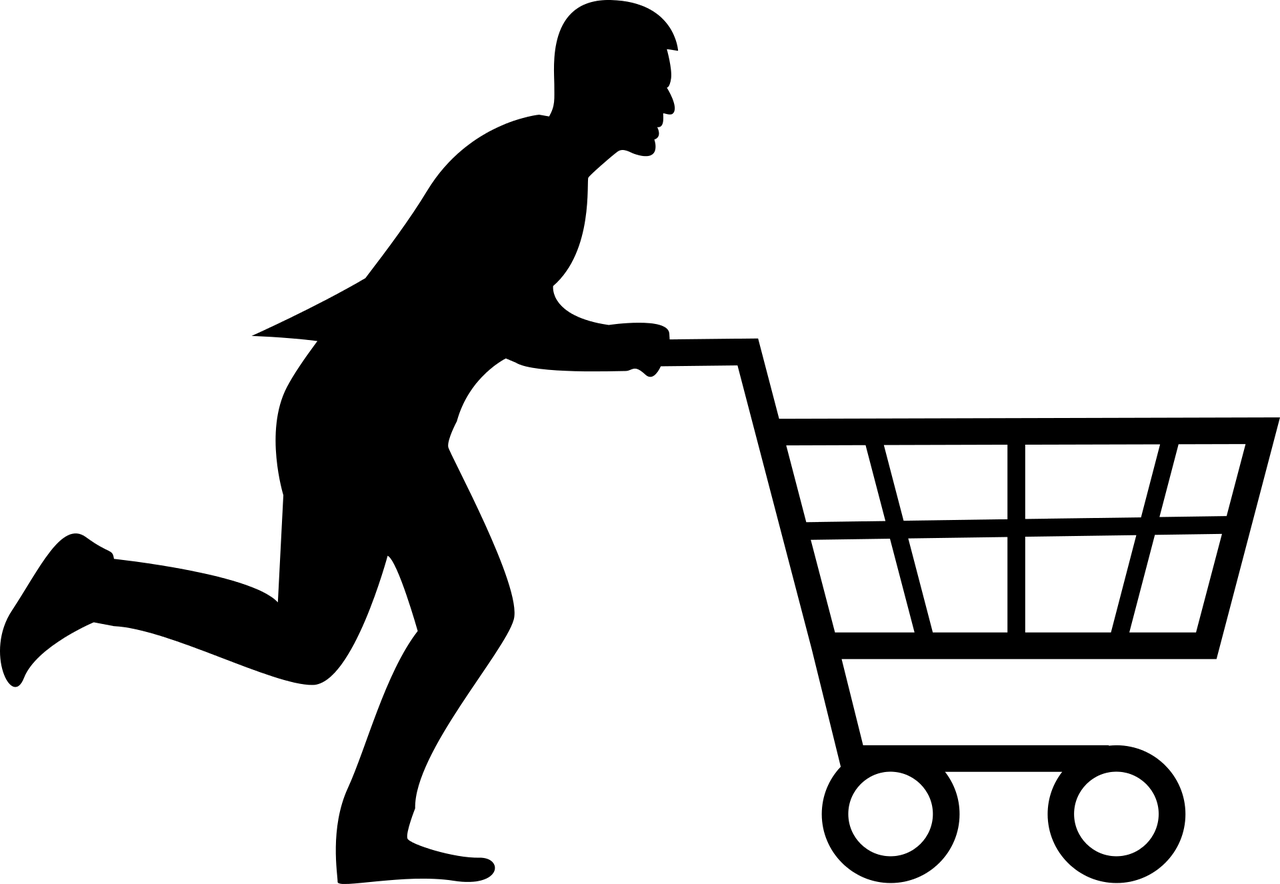Monthly AgriSicilia and Centro Isvam organized the 1st Symposium on Strawberry and Small Fruits in Marsala, garnering interest from the public and participating companies According to Massimo Mirabella, organizer of the symposium, which was held throughout the day on Oct. 21, 2022, "participants have already expressed interest in making this event a regular event for the coming years as well."
THE SYMPOSIUM PROGRAM
The symposium was divided into four sessions:
- Varietal aspects and genetic improvement in strawberry and the berries
- Innovative aspects and technologies greenhouse sector
- Cultivation techniques and technical means
- Post-harvest quality, packaging and health aspects of the berries
The following is a brief report of the initial session talks.
PERFORMANCE OF ITALIAN STRAWBERRY FARMING IN THE EUROPEAN AND WORLD CONTEXT
Walther Faedi, former Crea Cesena director
For strawberries, the production trend has been increasing for some time. But there are problems including labor shortages and water shortages. Many varieties are reacting negatively to climate change, Production is now concentrated in China and the U.S., which hold 50 percent of production. Yields are very different (65 tons/ha vs. 24 t/ha) in the two countries.
In Europe there is a decrease in acreage, while the Asian continent (especially China and Turkey) is increasing; the American continent is stable (South America is increasing while California is decreasing). Fortuna, Sensation, Florida Beauty and Brilliance are the main varieties produced in Florida, selected in open-field environments that result in better hardiness than California varieties. Brazil is increasing production, including some Italian varieties. Europe (11 t/ha) is declining slightly; Spain (from which much product from Morocco also transits) is the leading country in Europe with 6700 ha.
A trend of meridonialization of the crop that began in the 1970s is now settled in Italy: the north now accounts for only 30 percent of the area. Among the most important areas Basilicata and Campania, in third position Sicily with Marsala (historically earlier areal). Northern Italy has a very limited harvest window and is shrinking. In Basilicata 1162 hectares mainly Candonga, Inspire, Melissa, Merisol. In Campania the main varieties are Melissa, Sabrina, Marinbella. In Sicily the Florida Fortuna variety dominates the crop.
Faedi concluded his speech with a final appeal, "Sicilian production be more present, more promoted, more organized: there is a need for solidarity among producers, a collegial action. The market must be tackled together to take advantage of climatic conditions. Innovation must benefit the world of production. Unite and be open to innovation, it will benefit you in the future."
STRAWBERRY FARMING IN SICILY: ORIGINS, DIFFUSION AND INNOVATIVE CULTIVATION TECHNIQUES
Beppe Benedetto Consentino, Department of Agriculture University of Palermo
There is about 70 percent of Sicilian strawberry production in the Marsala area, which is particularly characterized by earliness, starting from November until April-May. Strawberry production has remained niche because of problems regarding weed clearance and heavy labor use during harvesting.


VARIETAL INNOVATION FOR SOUTHERN ITALY
Gianluca Baruzzi, Crea Cesena
In the past 5 years, 218 new varieties have been registered, including 32 from Driscoll's alone. In the last year there are 30 (3 from Driscoll's). This denotes that there is a strong business in varietal innovation.
- We begin with the University of Florida, which developed Fortuna, the most widely grown variety in the world, with very low chilling requirements and extra early, ideal for the Marsala area.
- There is a family of varieties managed by Emco-Cal, at first place Florida Felicity which could replace Florida Fortuna; there is also F. Beauty and F. Brilliance which are being tested in different environments.
- Of Berry Genetics, Inspire and a few trials of Primavera are spreading in Italy.
- UC Davis from which Camarosa came; Cabrillo is being evaluated in different circles in Italy. There are also Moxie, Valiant, Royal Royce, Victor and Warrior, managed for Europe by a British company.
- Planasa has several well-spread varieties.
- Masia (a private Spanish group) has a remarkable list of new varieties, of which Palmeritas already plays a significant role in the Huelva area.
- Fresh Forward and Limgroup have developed varieties for southern Italy; trials are under way with Limvalnera in the Metapontino area.
- Nova Siri Genetics is already well-established both in the Metapontino area and in Spain.
- CIV has historically had a strong program for the south. Shaida is currently the most advanced variety in the introduction process even in the Huelva area.
- University of Marche developed Dina, on trial in the Metapontine region.
- Crea has released two new varieties (Medì and Ligea), in a project co-financed by Torre Vecchia in collaboration with the Calabria region. Positive behavior in Sicily as well, particularly for earliness.
STRAWBERRY QUALITY INCREASINGLY AIMED AT AROMATICITY.
Giuseppina Caracciolo, Crea Cesena
Consumers perceive several traits as distinctive of strawberry quality: size, flavor, regular shape, color, pulp texture, long shelf life, bioactive compounds.
Breeding programs have focused on hardy, productive plants with bright-colored, stable fruit and a flesh texture that provides resistance in transport and shelf life.
But they forgot sweetness and aromaticity, the characters found in wild strawberries and Tortona strawberry; there are three compounds furaneol, acetoxyfuraneol, methyl ether methoxyfuraneol. This has now become a priority objective, incorporating the aromaticity of the old varieties into the new genetics, which must then have distinct aroma, productivity and resistance.
CREA has a breeding program targeting high aromaticity, with predominance of butyl lactate, which is present in sage and valerian essential oils.
VARIETAL INNOVATION FOR MEDITERRANEAN AREAS.
Nicola Tufaro, Nova Siri Genetics breeder
Currently Nova Siri Genetics has ten strawberry varieties patented in different countries around the world. Rustic, early and good fruit quality-these are the traits that drive breeding activity. The consumer demands healthy product with little or no residue. The market window between December to March is the most attractive for the farmer's income.
Melissa, Marimbella are the varieties being developed in Italy, Spain and Morocco. NSG 465 Rossetta, compact vegetation, well-exposed fruit and uniform weight throughout the campaign (26-30g).
GIANT BLUEBERRY BREEDING AT THE MACH FOUNDATION: FROM NORTH TO SOUTH, GENETICS PRODUCES INNOVATION
Lara Giongo, Mach Foundation
Breeding program and key consumer traits are the two strands of research at Fondazione Mach, which began 12 years ago with genetic improvement, with skill on research and development. We are not involved in the material development phase and in the commercial phase.
These are long-term activities: genetic improvement must be set on the basis of future developments in consumer preferences. These preferences are very diverse depending on the markets, for both fresh and processed products.
In blueberry there are about 400 species, we are working on vaccinium corymbosum, hybridized with several species from Florida that brought the low cold requirement trait to the northern species. Most of the species come from China, so there are great possibilities for genetic improvement.
Quality is the trait to be declined in different ways depending on the species, in different environments, with different cultivation techniques. Fondazione Mach has collaborations in place internationally in particular with Vaccap, a project that has the priority involvement of supply chain actors, not just researchers. The corporate partners are directing research every bimonthly, and in particular we are coinciding on texture, identification of volatile components and quality in postharvest. They also have collaborations for genetic improvement, in various territories for both north and south. Molecular markers have not yet been identified to help robustly, but the research is going in that direction and there are already early results.
Perla, Creative, Abundia, Maia and Musa are the varieties developed for low cold requirements already in testing in the US.
Also read more about Myfruit:










